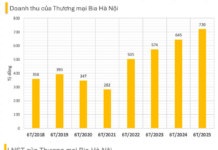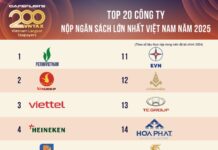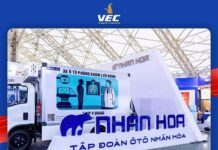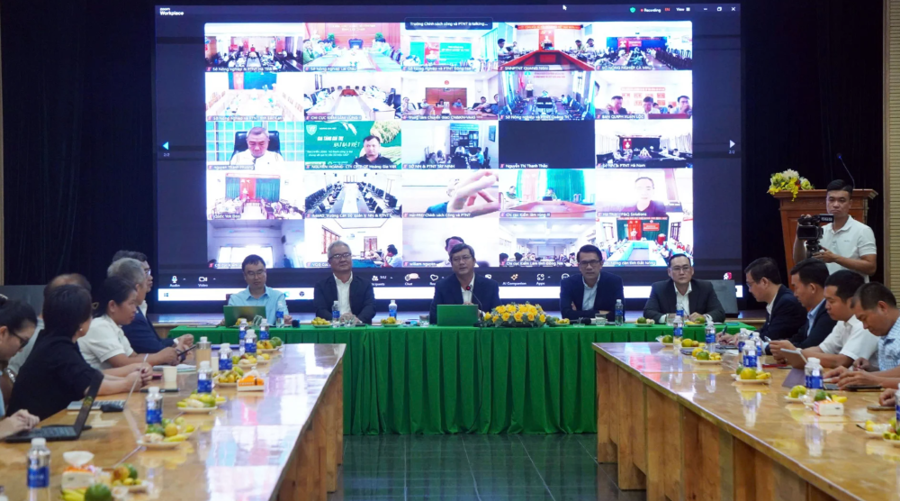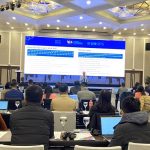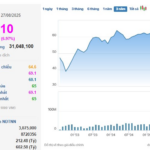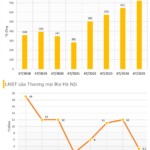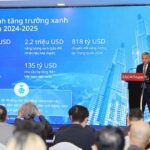On August 16, 2024, in Ho Chi Minh City, the School of Public Policy and Rural Development, in collaboration with VOS HOLDINGS Ecosystem Joint Stock Company, organized a seminar on the development of the carbon credit market.
CARBON CREDITS ARE A NON-TANGIBLE PRODUCT
In his opening remarks, Dr. Nguyen Trung Dong, Party Secretary and Principal of the School of Public Policy, shared that in 2023, Vietnam successfully transferred more than 10 million carbon credits, earning over $50 million. This has prompted the interest of numerous organizations, individuals, and localities in the carbon credit market, which holds great potential.

Currently, the government, along with ministries and sectors, is working diligently to perfect the legal framework for the carbon credit market. Concurrently, training programs to cultivate human resources in this field are also being explored by various concerned parties.
The School of Public Policy and Rural Development has partnered with several entities to train professionals in carbon credits. However, in reality, Vietnam currently has a modest number of carbon credit experts.
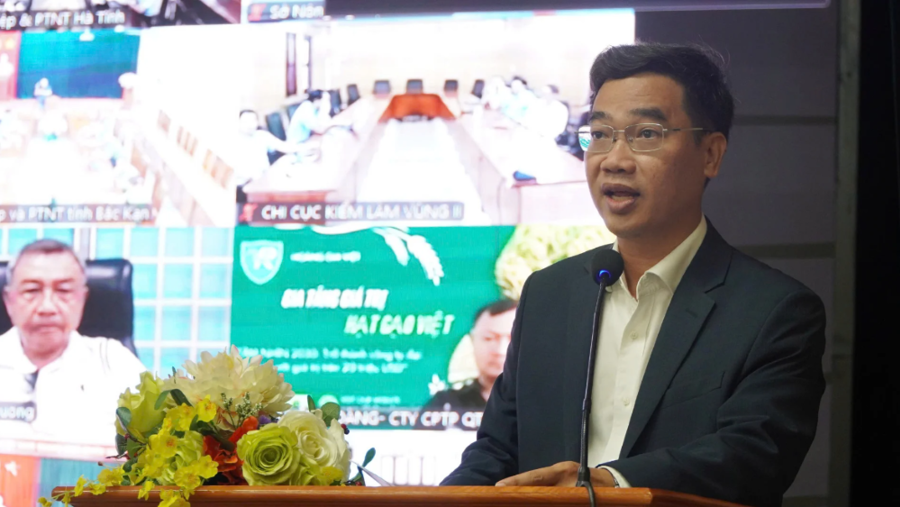
Mr. Dang Thanh Long, Head of Training and Sustainable Development at Intertek Vietnam, shared that the European Council and Parliament have introduced Regulation 2023/956 on the CBAM (Carbon Border Adjustment Mechanism). CBAM imposes carbon taxes on all goods imported into the EU market based on the greenhouse gas emissions intensity during the production process in the country of origin.
Assessing the impact of CBAM on Vietnam, while the overall impact on the economy is not significant, certain industries and businesses face a substantial decrease in export value, increasing pressure on enterprises.
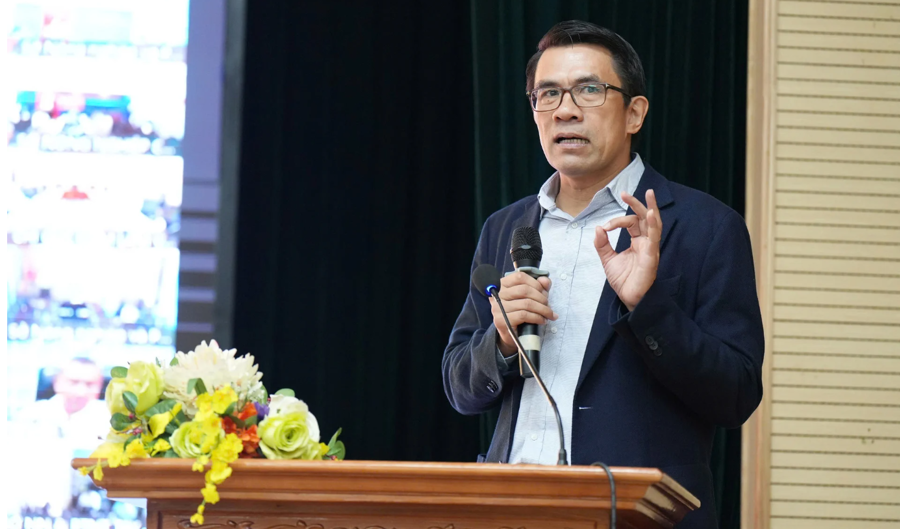
“Assessing the impact of CBAM on Vietnam, while the overall impact on the entire economy is not significant, the effect on specific industries and businesses is considerable, with a substantial decrease in export value, increasing pressure on enterprises. When Vietnam has a carbon credit market, businesses that have paid carbon fees in Vietnam and export goods to Europe will be eligible for deductions. Hence, if the carbon market operates belatedly, businesses will be at a disadvantage. Therefore, third-country manufacturers need to calculate the ’embedded’ emissions in their exported goods, including direct and indirect emissions,” he added.
Dr. Tran Dai Nghia, Head of the Economics, Finance, and Natural Resources and Environment Department at the Institute of Policy and Strategy for Agriculture and Rural Development, emphasized: “The goal of the carbon market is to create a new financial channel to fulfill the commitment to reduce emissions, not to create a new industry. Investing and brokering in this market is a misdirection.”
“Carbon credits are a non-tangible product with a time value. If they are not sold by a certain point, they will ‘retire.’ Therefore, by adopting low-emission practices and employing carbon footprint tracking technology, Vietnam can declare this in its products. If we follow the correct low-carbon procedures, when Europe implements CBAM, our products can prove that they have adhered to the low-carbon process, avoiding additional taxes,” explained Mr. Nghia.
WHY HASN’T VIETNAM SOLD CARBON CREDITS AT HIGHER PRICES?
According to Dr. Tran Dai Nghia, there are three main sources of financing for carbon credits based on forestry outcomes: results-based payments (from donors), the voluntary carbon market, and the compliance carbon market. Each form has distinct characteristics.
Vietnam primarily participates in the voluntary carbon market, which is the easiest to join but has a time limit for evaluation. If this limit is exceeded, the system automatically resets the carbon credits to zero. Unlike the voluntary market, the compliance market does not involve quota adjustments. Many countries, including Vietnam, have gradually increased this quota as a way of demonstrating responsibility in their NDCs.
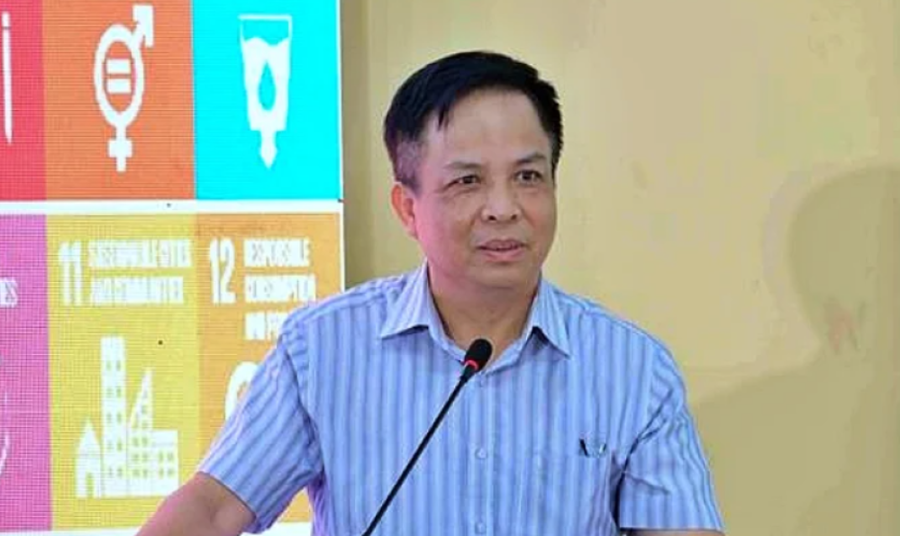
“Vietnam cannot participate in the compliance market (which has much higher carbon credit prices) due to the lack of several factors, including bilateral agreements. We cannot sell each carbon credit for a few hundred dollars.”
Dr. Tran Dai Nghia, Institute of Policy and Strategy for Agriculture and Rural Development.
Regarding the compliance market, Vietnam is currently unable to participate, despite it being the primary trading market for many countries through various transactions. Mr. Nghia believes that this is also a point of confusion for many stakeholders. In 2023, Vietnam sold more than 10 million credits at $5 per credit. Many considered this a low price compared to the quota trading market. However, Mr. Nghia emphasized that “Vietnam cannot enter this market without bilateral agreements.”
Dr. Tran Dai Nghia stated that to sell carbon credits voluntarily, each country must generate surplus carbon beyond its NDC – the voluntary commitment of each country. A crucial aspect of participating in the carbon credit market is carbon pricing. There are three international assessment systems, but Vietnam can only use two: the emissions trading system and the carbon credit mechanism.
The government has directed the Ministry of Finance, the Ministry of Natural Resources and Environment, and several related ministries and sectors to develop Vietnam’s carbon market. However, the current roadmap only extends to 2028 and applies to the domestic market. The international trading market, similar to the stock market, remains unexplored.
Providing an update on the low-emission production mechanism in the project “1 million hectares of high-quality and low-emission rice in the Mekong Delta,” Dr. Tran Minh Hai, Vice Principal of the School of Public Policy and Rural Development, shared that as of July 2024, seven pilot models have been implemented, with each model covering an average area of 50 hectares in the provinces of Kien Giang, Can Tho, Soc Trang, Tra Vinh, and Dong Thap.
The Plant Protection Department is collaborating with the Institute of Agricultural Environment to establish and perfect the MRV (Measurement, Reporting, and Verification) system. On July 4, 2024, the Department submitted the MRV implementation plan for the pilot models under the project to the Ministry of Agriculture and Rural Development for approval. The MRV system comprises three main parts: reducing nitrogen fertilizer and pesticide inputs, implementing alternate wetting and drying (AWD) irrigation, and managing and treating straw after harvest.
Low-carbon economic development: The “must-haves” for achieving a circular economy.
With a commitment to achieving net-zero emissions in Vietnam by 2050 and a commitment to combating deforestation in accordance with the EU Forest Law Enforcement, Governance and Trade (FLEGT) regulations by the end of 2024, we aim to move towards a low-carbon economy, paving the way for circular economic development for businesses.
Businesses Lack Understanding of ETS and Carbon Market
Only 57.38% of businesses are currently preparing to build a greenhouse gas emission reduction plan, nearly 28% already have a greenhouse gas emission reduction plan, over 50% of businesses have heard of ETS and the carbon market but are not familiar with the basic operating principles, only 1.27% of businesses understand how ETS and the carbon market work…
Ho Chi Minh City offers unique advantages for developing the voluntary carbon credit market
The voluntary carbon market is considered to be one of the key tools in ensuring the fulfillment of commitments in reducing greenhouse gas emissions by 45% by 2030 and achieving net-zero emissions by 2050. Participating in the voluntary carbon credit market presents numerous opportunities and challenges for Ho Chi Minh City.











